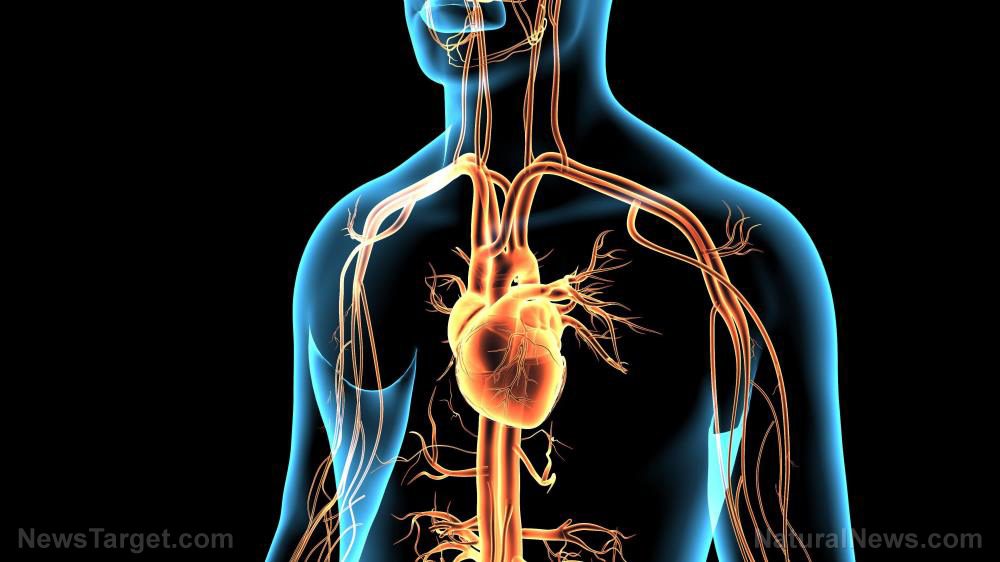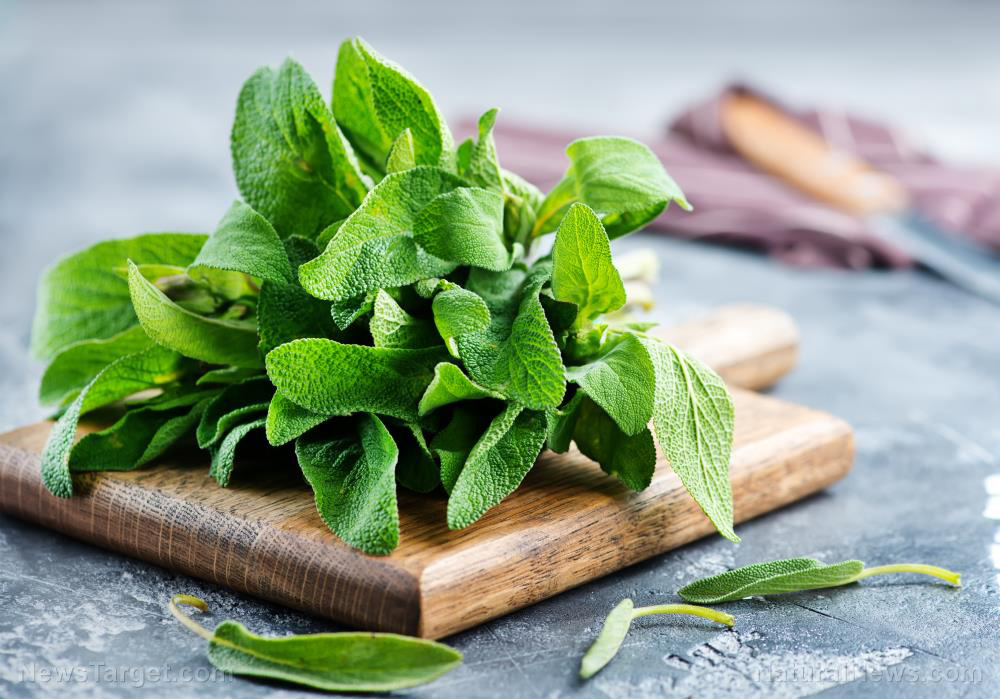
Advertisement
Ayurveda is an ancient form of natural medicine that originated from India. It is similar to traditional Chinese medicine and homeopathic medicine, and it relies purely on natural therapies. In an article written by researchers from India, they reviewed available Ayurvedic literature to understand the physiology of blood pressure and the cause and development of hypertension from an Ayurvedic perspective. They believe it is important as hypertension is a prevalent health problem and there are many people today who are drawn to Ayurveda due to its holistic approach to disease treatment. Their review was published in the Journal of Ayurveda and Integrative Medicine.
Hypertension in modern medicine and Ayurveda
Ayurveda is based on the idea that a disease is caused by an imbalance or stress in a person’s consciousness. What guides ayurvedic medicine is the concept of universal interconnectedness, and treatment is focused on the body’s prakriti (constitution) and the body’s dosha (life force). Ayurveda treatments usually start with internal purification, followed by special diets, herbal medicine, massage therapies, yoga, and meditation. When used in conjunction with conventional medical care, Ayurveda confers many benefits to a person’s overall well-being.
Hypertension or high blood pressure is a global health concern that affects 85 million people in the U.S. alone. Hypertension is characterized by blood pressure that exceeds the normal 120 over 80 millimeter of mercury (mmHg). Hypertension can be caused by stress and other external factors, or it can result from an underlying condition like kidney disease. Hypertension is also a known risk factor for heart disease, and, if not managed, it can lead to heart attack, stroke, and other health problems. Today, hypertension is treated using antihypertensive medications, such as alpha- and beta-blockers, calcium-channel blockers, vasodilators, and angiotensin-converting enzyme (ACE) inhibitors.
In Ayurveda, hypertension is not considered a vyadhi (disease) because in its mild to moderate stages, hypertension does not have specific symptoms. Instead, it is commonly viewed as an early stage of a disease and a risk factor for diseases that affect the heart, brain, kidneys, eyes, and other organs. Ayurvedic experts proposed different theories to explain hypertension from an Ayurvedic perspective. In all of those theories, there is only one common denominator: Hypertension occurs in rakta (blood or red blood cells) and the blood vessels.
Many parallels were drawn between Ayurvedic concepts and hypertension. These concepts include the six stages of dosha imbalance (shad kriyakala) and the occlusion in the normal functioning of dosha (avarana of dosha).
Ultimately, hypertension can be understood as the prasara-avastha or the spread of vitiated dosha from their specific sites. This involves rakta and dosha like vyana vata, prana vata, sadhaka pitta, and avalambaka kapha in their disturbed states. The avarana of vata dosha by pitta (dosha that controls energy production and metabolism) and kapha (dosha that governs structure and fluid balance) can be seen in the rasa-rakta dhathus, which hampers the functioning of the respective srotas (micro-channels) of circulation.
Improper food habits and a sedentary lifestyle with or without genetic predisposition provoke and vitiate all the tridoshas to trigger the development of hypertension. Although hypertension is not considered a disease in Ayurveda, it can be understood as a psychosomatic, hemodynamic condition where vata pradhana tridoshas are vitiated, which affects the rasa-rakta dhatus as dooshyas (accumulation of aggravated dosha), with both sarva shareera (whole body) and manas (mind) as its adhisthanas (sites).
Therefore, to effectively treat hypertension, a patient should implement lifestyle modifications, such as eating a healthy diet and increasing physical activity, to prevent the dosha from getting vitiated. These modifications should only be aided by medications if necessary. (Related: Breathe your stress away: Yoga lowers blood pressure.)
Sources include:
Advertisements







